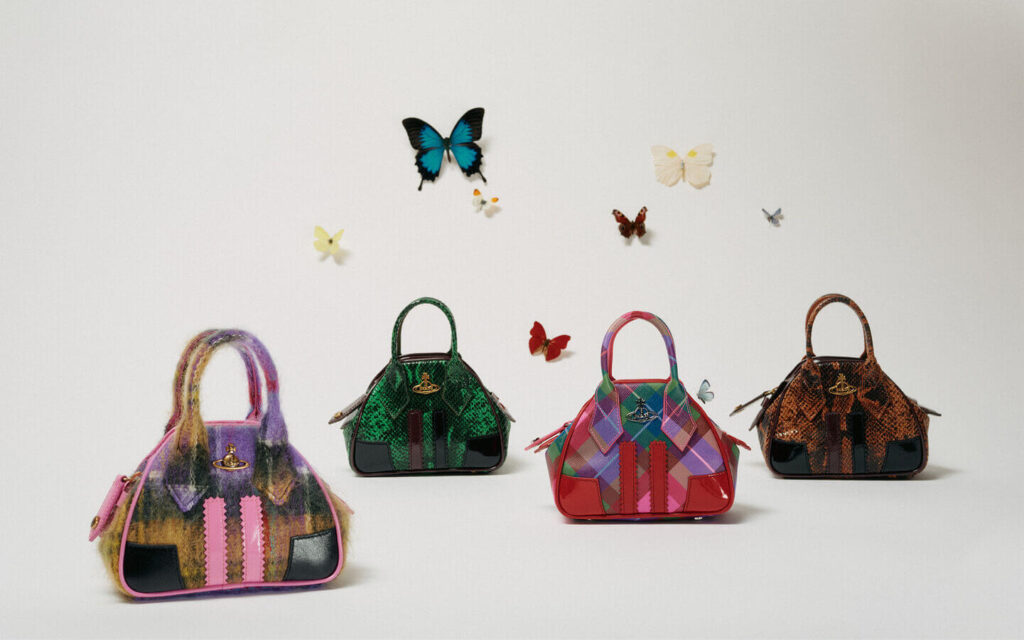In March, several fashion brands participated in what has been called the first “Metaverse Fashion Week” in Decentraland, a blockchain-based 3D virtual world.
Renowned fashion houses including Tommy Hilfiger, DKNY, Etro, Selfridges, and Dolce & Gabbana participated in runway shows, brand activations, interactive experiences and shopping opportunities across multiple digital storefronts showcasing wearables for avatars, NFTs and artworks.
Over the next five years, 70% of brands will have some sort of presence in the metaverse, according to a recent report by KPMG. Industry analysts currently predict that the growing demand for luxury goods in the metaverse could reach $50 billion by 2030.
For years, the fashion industry has been heavily criticized for its impact on the environment, as well as social issues and roles that businesses have taken in disrupting the industry with new innovation.
However, if legacy fashion is to thrive in our push towards Web3, it needs to change its clothes and fast – beginning with providing the accessibility to consumers that they rightfully deserve and are entitled to.
Educating Americans About the Future of Creativity
Earlier this month, the Council of Fashion Designers of America (CFDA) revealed it would be launching an NFT partnership and educational program for its members centered around the metaverse.
Created in partnership with creative consultancy 5Crypto and developed alongside metaverse platform The Sandbox and gaming company Polygon Studios, the CFDA’s program will provide CFDA members with the knowledge and resources in navigating the metaverse.
“This is a remarkable opportunity for the CFDA to guide the American fashion industry into the future of commerce and creativity,” said CFDA CEO Steven Kolb.
The purpose of the partnership, according to Korb, is to give a blueprint on how to actually enter into the metaverse:
“Two things members need to know: How do you actually enter into the metaverse and what actually happens once you’re in it?” Through the CFDA’s partnership with 5Crypto, Sandbox, and Polygon Studios, Kolb says they will take members step-by-step and tell them what the metaverse actually is and what they should be doing.
Kolb believes that the metaverse serves as a new frontier of expression, where avatars will eventually be an extension of our digital identity. “We are excited to offer new creative tools for fashion designers to create NFT collections with digital ownership and scarcity that will be playable in the metaverse.”
Decentralizing the Creative Process
Indeed, legacy fashion needs to change its look as it approaches Web3, as the creative process’ pyramid structure no longer makes fashion and luxury accessible to the everyday consumer.
“Things are not progressive in legacy fashion, because most creatives are bound by hierarchical confines; so we see a lack of growth in creativity, innovation change,” says Josh Webb, co-founder of the pioneer Web3 fashion house ARCENTI, whose mission is to improve the creative fashion process through emerging technologies.
Webb believes that fashion houses with the community at the core, will become unicorns and produce outsized results.
“Everyone is a contributor and involved in every step of the creative process – from concept development, art inspiration, color story development, fabric section, marketing, positioning strategy, and distribution strategy. Everything is publicly documented, and involvement by token holders is encouraged.”
Speaking to ethical fashion and sustainability, ARCENTI’s 3D modeling software, CLO3D, helps to cut down the physical sampling process (and waste) to either one or two iterations. “It can also help recognize whether a certain material will work with certain shapes, designs, and construction techniques, as it does such a great job imitating real world fabric and material choices.”
Wearable Fashion Can Provide Newfound Revenue Streams
The idea of “wearable fashion” was arguably first introduced in early October after Magnetic co-founder Megan Kaspar revealed in a virtual interview that her earrings were actually augmented reality (AR) NFT earrings – which were programmed to sync with her every move. Kaspar, who has been at the forefront of what is now one of the fastest growing global industries, was also the first person to wear AR digital NFT fashion on live television, continuing to push the barriers of what’s possible in our digital world.
“We are in the early days of understanding the scale of the digital fashion economy opportunity,” said Kaspar in a January interview with Haute Living.
With high-end house name brands like Balenciaga, D&G, Gucci, Burberry, and Ralph Lauren launching their augmented reality “try on” capabilities, Kaspar says that most brands still “do not fully understand the power of wearable digital fashion and the full range of features that NFTs can provide.”
“It will become increasingly more obvious to brands that NFT fashion opportunities are not just a one-off marketing channel, but a product channel providing newfound revenue streams.”






More Stories
Celebrity Fashion Trends That Ruled 2025
Best Dressed at the Oscars 2025
Top Streetwear Fashion Trends Dominating 2025